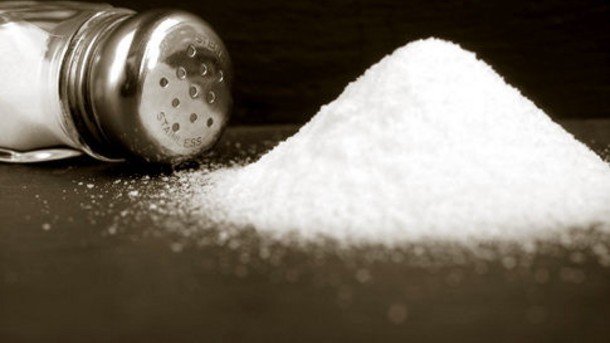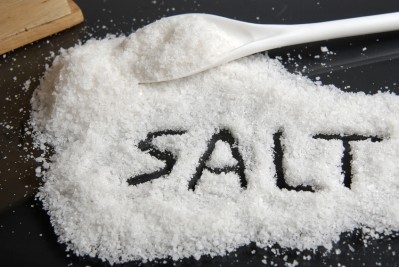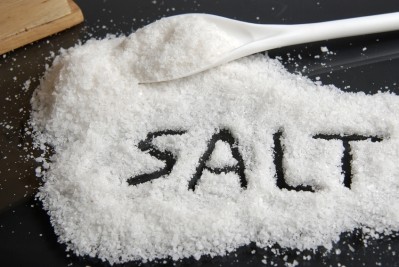Is salt linked to obesity? Study links adolescent salt intake to obesity and inflammation

New research published in the journal Pediatrics suggests that intakes of salt during our teen years may be linked to levels of obesity and inflammation - finding that a high intake of salt in adolecents is correlated to levels of fatness and inflammatory markers regardless of how many calories are consumed.
Led by Dr Haidong Zhu from the Medical College of Georgia and Georgia Regents University, the team analysed data from nearly 800 US teens - finding that 97% self-reported exceeding national guidelines and that this intake of dietary sodium is independently associated with a range of obesity measures and markers of inflammation including total body weight, BMI, percentage body fat, levels of leptin and levels of tumour necrosis factor-alpha.
"The majority of studies in humans show the more food you eat, the more salt you consume, the fatter you are," said Zhu. "Our study adjusted for what these young people ate and drank and there was still a correlation between salt intake and obesity."
"Obesity has a lot of contributing factors, including physical inactivity," she explained. "We think that high sodium intake could be one of those factors."
Study details
Zhu and her colleagues assessed the relationship between sodium intake, adiposity and inflammation in 766 healthy adolescents aged between 14 and 18 years old.
Dietary sodium intake was estimated by 7-day 24-hour dietary recall, while percentage body fat was measured by dual-energy x-ray absorptiometry. Subcutaneous abdominal adipose tissue and visceral adipose tissue were also assessed using magnetic resonance imaging (MRI), and fasting blood samples were measured for leptin, adiponectin, C-reactive protein, tumour necrosis factor-alpha (TNF-alpha), and intercellular adhesion molecule-1.
Average sodium intake was found to be 3280 mg per day, with 97% of teens exceededing the American Heart Association recommendation for sodium intake.
Zhu revealed that analysis of their data showed dietary sodium intake to be independently associated with body weight, BMI, waist circumference, percent body fat, fat mass, subcutaneous abdominal adipose tissue, leptin, and TNF-alpha.
No relationship was found between dietary sodium intake and visceral adipose tissue, skinfold thickness, adiponectin, C-reactive protein, or intercellular adhesion molecule-1, they added.
"We hope these findings will reinforce for parents and pediatricians alike that daily decisions about how much salt children consume can set the stage for fatness, chronic inflammation and a host of associated diseases like hypertension and diabetes," said study co-author Dr. Gregory Harshfield.
The team noted that while their new study does not prove a causal effect, it contributes to mounting evidence that high sodium could be a direct cause of obesity and inflammation.
Longitudinal or randomised clinical trials are needed to clarify the relationships, added the team.
Source: Pediatrics
Published online ahead of print, doi: 10.1542/peds.2013-1794
"Dietary Sodium, Adiposity, and Inflammation in Healthy Adolescents"
Authors: Haidong Zhu, Norman K. Pollock, et al

























